Washington embrace of Putin aims to drive wedge between Moscow, Beijing
Unlike Nixon and Kissinger’s gambit in the 1970s, the strategy threatens to divide the West.

US President Donald Trump’s abrupt and enthusiastic embrace of Russia and its authoritarian leader, Vladimir Putin, is propelled in part by a strategic desire to drive a wedge between Moscow and Beijing, two powers that have long sought to end US dominance of the international order.
Foreign-policy experts have dubbed the attempted manoeuvre a “reverse Nixon” after that president’s move in the early 1970s to reverse American policy and cozy up to Communist China in an effort to deepen a divide between Mao Zedong and the Soviet Union. The choice reset Cold War geopolitics and set the stage for China’s economic development.
Prying Russia and China apart now the two autocracies declared in 2022 that they have a “no-limits” friendship – will be difficult. The two nations have deepened military and intelligence co-operation and aligned their foreign policies. China provides Russia with essential economic support, including computer chips and machine tools used in military industries.
By pivoting to support Russia and backing away from Ukraine, Washington is already alienating its allies in Europe, who are collectively the US’s largest trading partner and top foreign investor. The sudden U-turn in American foreign policy could also spook partners in Asia that the US would want on its side in any conflict with China.
On Wednesday, Trump echoed Russian propaganda and directed a stream of invective at Ukrainian President Volodymyr Zelensky, calling him a dictator and blaming Kyiv for starting the war that began when Putin ordered a full-scale invasion of his smaller neighbour in 2022.
That outburst, following a barbed speech delivered to European leaders by Vice President JD Vance in Munich earlier this month and other signs of waning US support for Ukraine, have already caused the biggest rift in relations between the US and its trans-Atlantic allies in several decades.
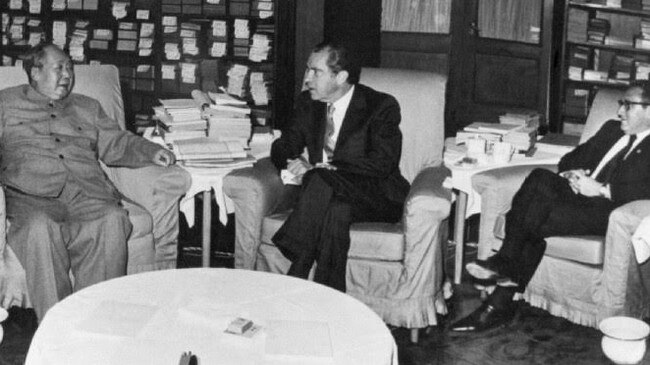
When Richard Nixon and his national security adviser, Henry Kissinger, reversed course on China policy in the early 1970s, they exploited an existing clash between Moscow and Beijing.
China and the Soviet Union, after all, had fought a brief border war in 1969 and had publicly accused each other of deviating from true Communist teachings. Subsequent co-operation between Washington and Beijing helped erode the Soviet Union’s global sway.
What is happening now “is the reverse of the ‘reverse Nixon,’” said Evan Feigenbaum, a former senior State Department official now at the Carnegie Endowment for International Peace, a think tank in Washington.
Trump is “attempting to split an entente between two powers that have ideological affinity and shared strategic interests,” he said. “And what it has done instead is to split the West, while Russia aligns with the US and with China simultaneously.”
In addition to bringing Russia closer to China as Western sanctions inflicted economic pain, the war in Ukraine has solidified Moscow’s alliances with Iran and North Korea, which supply ammunition, drones, missiles and, in North Korea’s case, troops, to the Russian war effort.
US officials cite the emergence of this new axis of autocracies as a strategic threat that the American military would be hard-pressed to handle simultaneously – and say that Trump’s urgent desire to end the war in Ukraine is driven by the need to weaken, if not break up, that common front of adversaries.
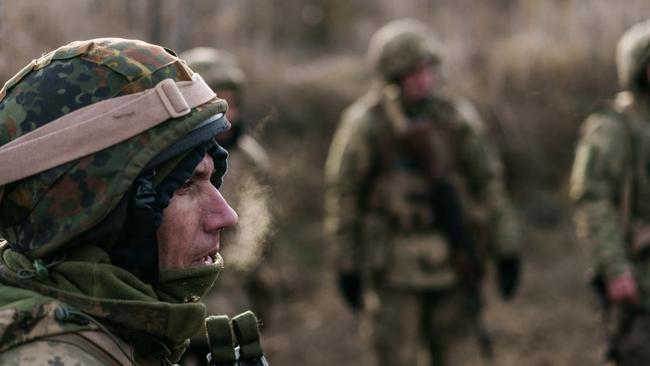

“You have to think of this as a global fight,” said Trump’s special envoy to Ukraine, retired Lt. Gen. Keith Kellogg. “We’re facing an issue that we didn’t face four years ago. Now you’ve got the four combined, and they’ve all got economic or military links.”
Secretary of State Marco Rubio, in remarks after talks with senior Russian officials in Saudi Arabia this past week, highlighted “the incredible opportunities that exist to partner with the Russians geopolitically on issues of common interest.”
At these talks, the most senior-level encounter since 2022, US and Russian negotiators discussed the possible economic benefits that would result from improved relations and the lifting of US sanctions that have stunted the Russian economy – and forced it to rely even more on Beijing.
A briefing memo, prepared for the Kremlin by a think tank affiliated with the Russian government ahead of the talks and obtained by a Western government, suggested that Moscow propose ending co-operation with China on sensitive technological and military issues as part of a deal to end the war in Ukraine on terms favourable to Russia.
Moscow could also offer to limit Chinese participation in infrastructure projects that would strengthen China’s strategic capabilities, the memo said. It also suggested a pledge by Russia to limit the resumption of natural-gas exports to Europe to undermine European competitiveness and to allow sales of American liquefied natural gas, as well as offers to grant US companies rights to mineral deposits in occupied Ukraine.
Such terms are designed to appeal to Trump’s transactional approach to international affairs. But sceptics of the outreach to Russia argue that there is little Russia can actually do to help the US contain China.
China already has most of the significant military technologies that Russia possesses. “That ship has sailed. The Chinese are far more advanced technologically in all kinds of sectors than the Russians are,” said Alina Polyakova, chief executive of the Center for European Policy Analysis, a think tank in Washington.
She warned that if Washington were to abandon Ukraine, it would legitimise “Russia’s aggression against Ukraine” and signal “to Beijing that they have a much more open hand when it comes to their own potential military aggression against Taiwan.”
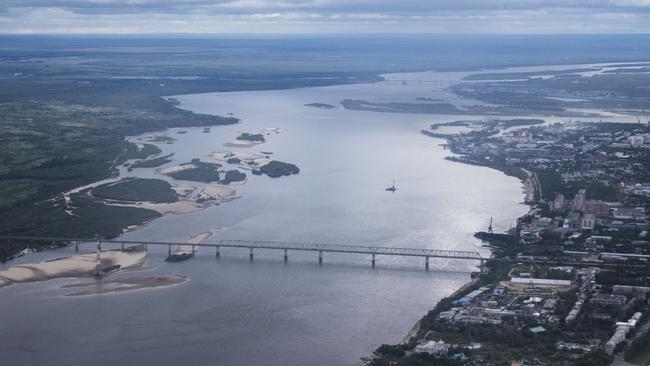
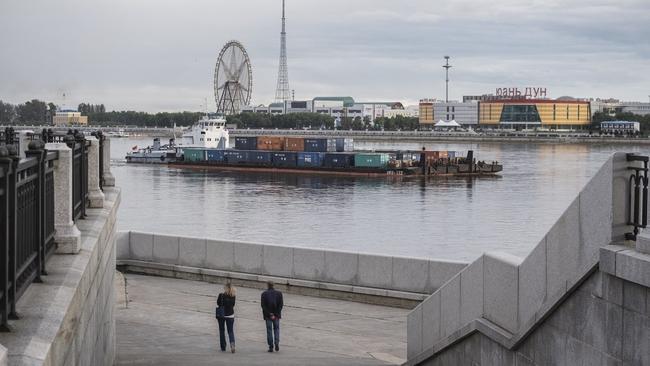
In remarks at the Halifax Security Forum in November, US Navy Adm. Samuel Paparo, the commander of the Indo-Pacific command, said Beijing and Moscow have a “transactional symbiosis,” and that “to think that we will be able to drive a wedge between them is a fantasy.”
There is another, more fundamental, dynamic at play that limits Putin’s room for manoeuvre: While Russia’s relationship with China is strategic and permanent, any rapprochement with Washington is inherently temporary, at least as long as the US remains a democracy.
Trump, after all, will no longer be in the White House in four years, and Putin has to factor in the likelihood that the next US administration might swing just as abruptly in the opposite direction. Even next year’s midterms could alter American policy.
“Russia knows that China is its giant neighbour, that the Communist Party of China will keep ruling it for as long as Russia can foresee – and that alienating China creates a mortal danger for Russia,” said Alexander Gabuev, an expert on Sino-Russian relations who heads the Carnegie Russia Eurasia Center in Berlin.
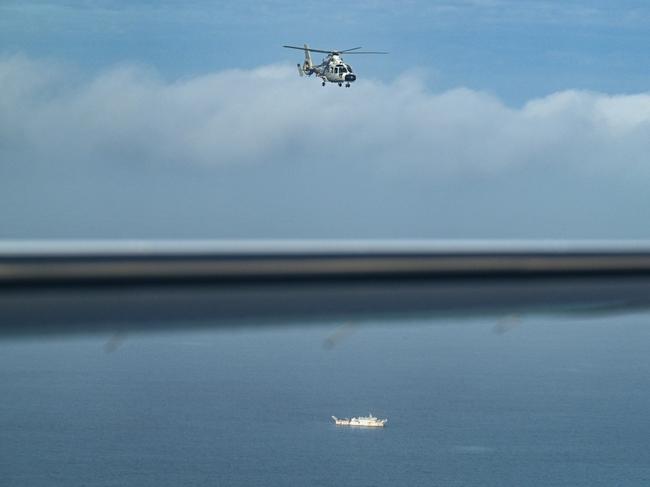
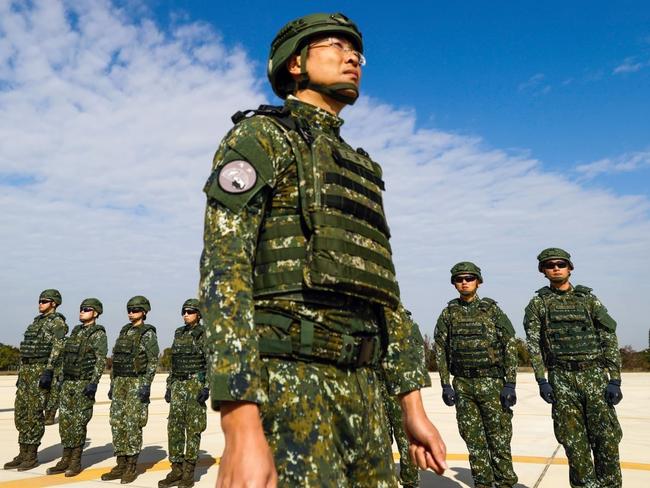
That doesn’t mean Putin won’t engage. Trump’s overtures offer the prospect of getting from Washington something his armies couldn’t achieve in three years of war: regime change in Kyiv and the return of Ukraine, and possibly other parts of Europe, to Moscow’s sphere of influence.
“I don’t see why Russia wouldn’t pocket all that Donald Trump brings it on a platter, undeservedly, while at the same time maintaining the tight bond with China,” said Thomas Gomart, director of the French Institute of International Relations, a Paris think tank that advises the government.
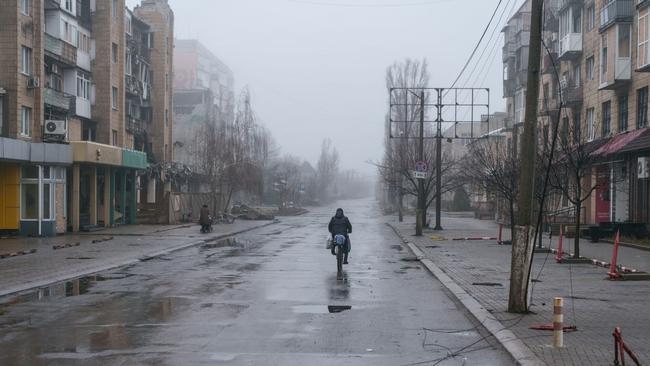
While China is watching Trump’s pivot to Russia with some apprehension, it is also cashing in a strategic windfall: Its two main goals in Europe, propping up the Putin regime and splitting the rest of Europe from the US – objectives that were mutually exclusive until now – are suddenly within reach.
As Washington heaped scorn on Zelensky and European leaders, Chinese Foreign Minister Wang Yi spoke of the need to maintain international law and the charter of the United Nations. He recently described Ukraine as “a friend and a partner” as he met his Ukrainian counterpart.
Dow Jones Newswires




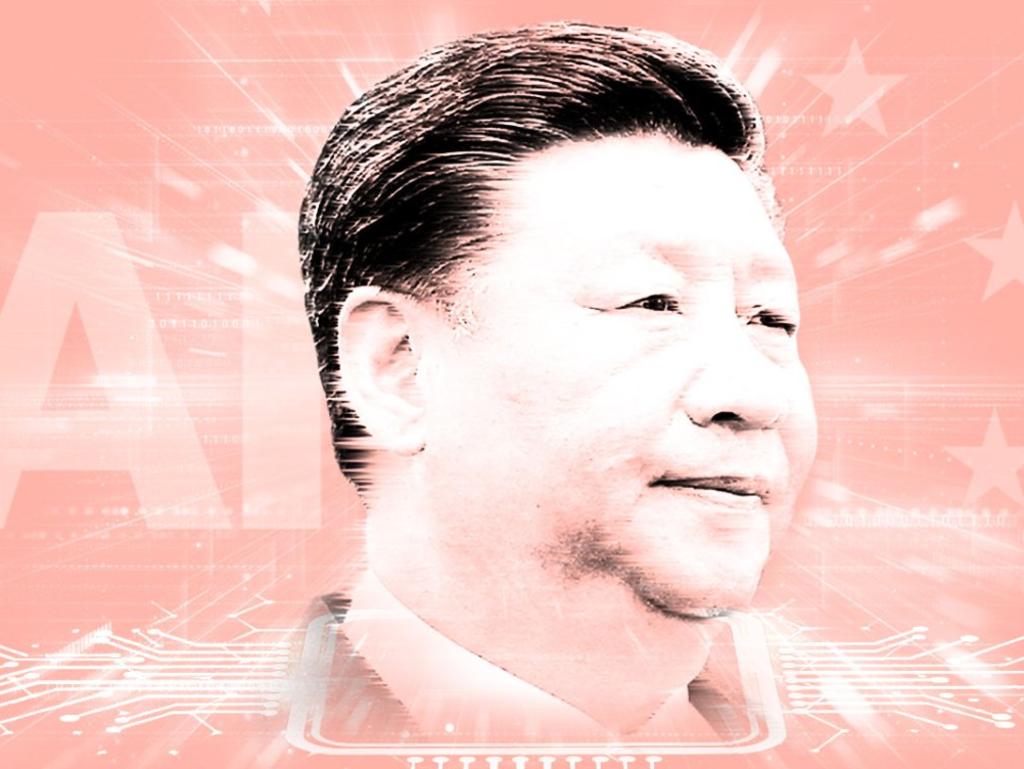


To join the conversation, please log in. Don't have an account? Register
Join the conversation, you are commenting as Logout